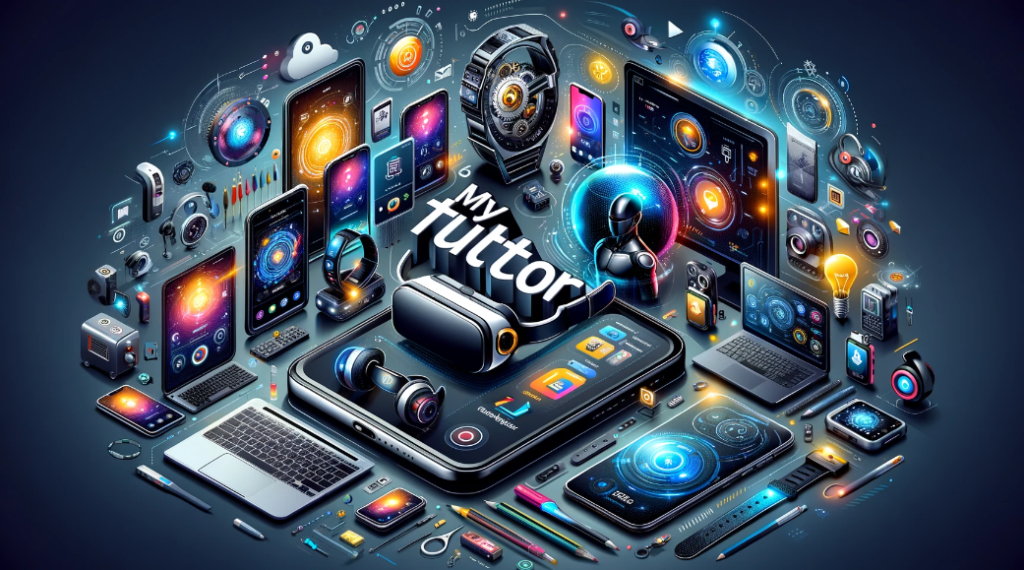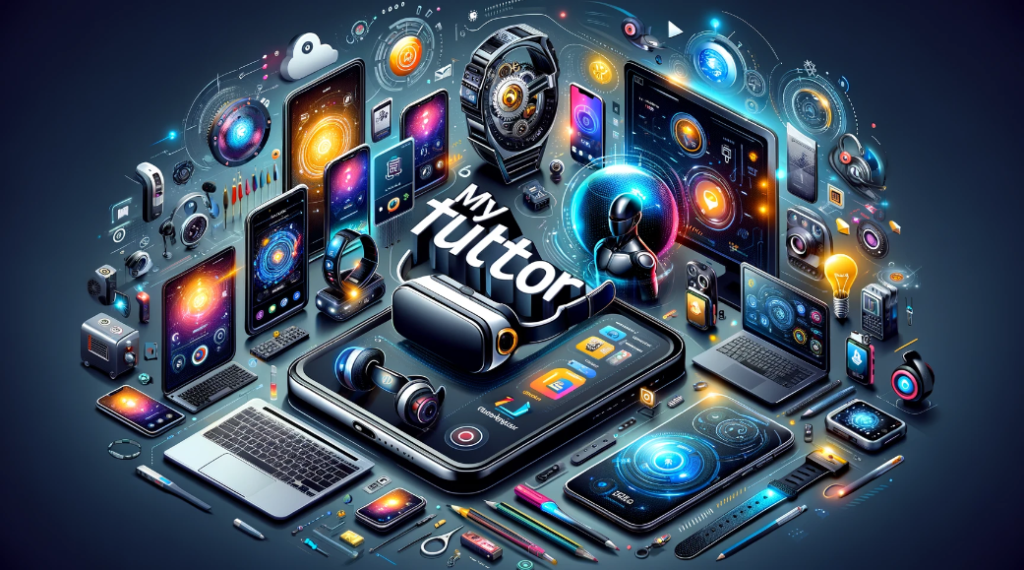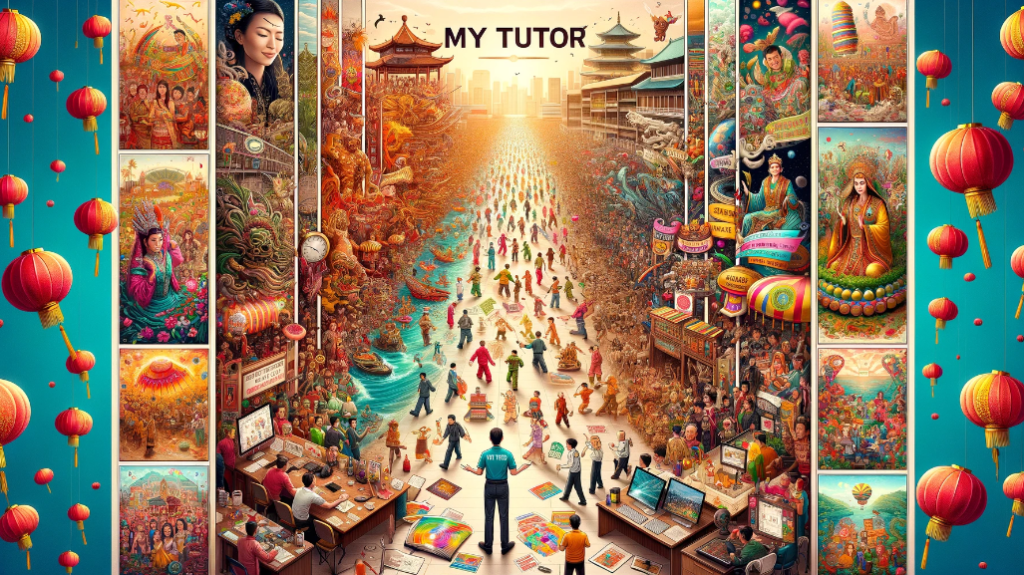Lesson 14. Pets and Animals (ペットと動物)

▮ Explanatory Text: Pets and animals play a significant role in many people’s lives, offering companionship, love, and joy. They can be a source of comfort and teach us about responsibility and care.
▮ Discussion Instructions: Talk about any pets you have or your favorite animals. What do they mean to you?
▮ Common Phrases:
Animal companionship
Caring for pets
Loyal friends
Animal behavior
Emotional support
▮ Sample Sentences:
Animal companionship is very comforting.
I enjoy caring for my pet dog.
Pets are like loyal friends.
I’m fascinated by animal behavior.
My cat provides great emotional support.
















